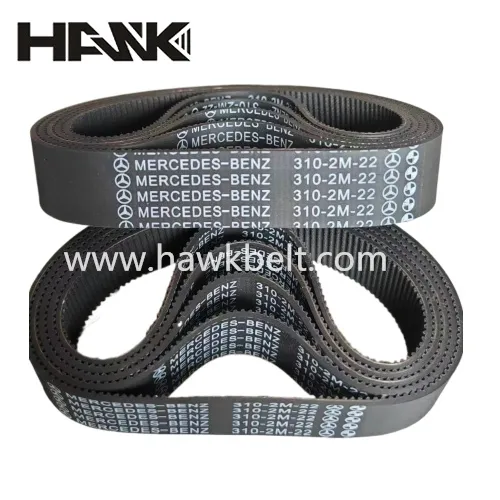- Arabic
- French
- Russian
- Spanish
- Portuguese
- Turkish
- Armenian
- English
- Albanian
- Amharic
- Azerbaijani
- Basque
- Belarusian
- Bengali
- Bosnian
- Bulgarian
- Catalan
- Cebuano
- Corsican
- Croatian
- Czech
- Danish
- Dutch
- Afrikaans
- Esperanto
- Estonian
- Finnish
- Frisian
- Galician
- Georgian
- German
- Greek
- Gujarati
- Haitian Creole
- hausa
- hawaiian
- Hebrew
- Hindi
- Miao
- Hungarian
- Icelandic
- igbo
- Indonesian
- irish
- Italian
- Japanese
- Javanese
- Kannada
- kazakh
- Khmer
- Rwandese
- Korean
- Kurdish
- Kyrgyz
- Lao
- Latin
- Latvian
- Lithuanian
- Luxembourgish
- Macedonian
- Malgashi
- Malay
- Malayalam
- Maltese
- Maori
- Marathi
- Mongolian
- Myanmar
- Nepali
- Norwegian
- Norwegian
- Occitan
- Pashto
- Persian
- Polish
- Punjabi
- Romanian
- Samoan
- Scottish Gaelic
- Serbian
- Sesotho
- Shona
- Sindhi
- Sinhala
- Slovak
- Slovenian
- Somali
- Sundanese
- Swahili
- Swedish
- Tagalog
- Tajik
- Tamil
- Tatar
- Telugu
- Thai
- Turkmen
- Ukrainian
- Urdu
- Uighur
- Uzbek
- Vietnamese
- Welsh
- Bantu
- Yiddish
- Yoruba
- Zulu
Օգս . 04, 2024 03:01 Back to list
Understanding the Importance and Maintenance of Your Vehicle's Rubber Timing Belt System
Understanding Rubber Timing Belts Essential Components for Engine Performance
Rubber timing belts play a critical role in the operation of internal combustion engines. Often overlooked, this essential component ensures that the engine's valves open and close at the correct intervals relative to the position of the pistons. In essence, rubber timing belts serve as the orchestrators of engine performance, ensuring that the various components of an engine work harmoniously to produce the desired power and efficiency.
What is a Rubber Timing Belt?
A rubber timing belt is a reinforced belt made of rubber and fiber materials, designed to synchronize the crankshaft and camshaft. While the crankshaft converts the linear motion of the pistons into rotational motion, the camshaft is responsible for opening and closing the engine's valves. The timing belt connects these two vital parts, ensuring they operate in perfect coordination. This synchronization is crucial in preventing engine misfires, which can lead to a host of mechanical problems and can severely impact performance.
Advantages of Rubber Timing Belts
One of the primary advantages of using rubber timing belts over other types, such as chains, is their quieter operation. Rubber belts create less noise compared to metal counterparts, allowing for a smoother driving experience. Additionally, timing belts are generally lighter, which can contribute to improved fuel efficiency.
Another significant benefit of rubber timing belts lies in their design. They are often made with specific teeth that interlock precisely with the grooves of the crankshaft and camshaft gears. This tooth design helps maintain tension and reduces the likelihood of slipping, ensuring optimal performance.
rubber timing belt

Maintenance and Replacement
Despite their benefits, rubber timing belts are not impervious to wear and tear. Over time, exposure to heat, oil, and other environmental factors can lead to degradation. Most manufacturers recommend replacing the timing belt every 60,000 to 100,000 miles, depending on the specific vehicle and driving conditions.
Failing to replace a worn timing belt can result in catastrophic engine failure. If a rubber timing belt breaks while the engine is running, the pistons can collide with the open valves, causing serious damage to the engine's internal components and potentially leading to costly repairs.
Signs of a Failing Timing Belt
Car owners should be aware of the warning signs that may indicate a failing timing belt. Common symptoms include unusual engine noises such as slapping or ticking, difficulty starting the engine, or engine misfires. If any of these symptoms occur, it is essential to consult a mechanic promptly to assess the timing belt's condition.
Conclusion
In conclusion, the rubber timing belt is an integral component of modern internal combustion engines, playing a vital role in their overall performance and efficiency. With their benefits of quieter operation and lightweight design, they are preferred by many manufacturers. However, proper maintenance and timely replacement are crucial to ensure the longevity and reliability of this essential component. Car owners should remain vigilant about the condition of their timing belts, as neglecting them can lead to severe engine problems. By understanding the importance of rubber timing belts, drivers can better appreciate the complexity and engineering that go into their vehicles. Regular check-ups can make all the difference in maintaining an efficient and reliable engine.
-
Korean Auto Parts Timing Belt 24312-37500 For Hyundai/Kia
NewsMar.07,2025
-
7PK2300 90916-T2024 RIBBED BELT POLY V BELT PK BELT
NewsMar.07,2025
-
Chinese Auto Belt Factory 310-2M-22 For BMW/Mercedes-Benz
NewsMar.07,2025
-
Chinese Auto Belt Factory 310-2M-22 For BMW/Mercedes-Benz
NewsMar.07,2025
-
90916-02660 PK Belt 6PK1680 For Toyota
NewsMar.07,2025
-
drive belt serpentine belt
NewsMar.07,2025

